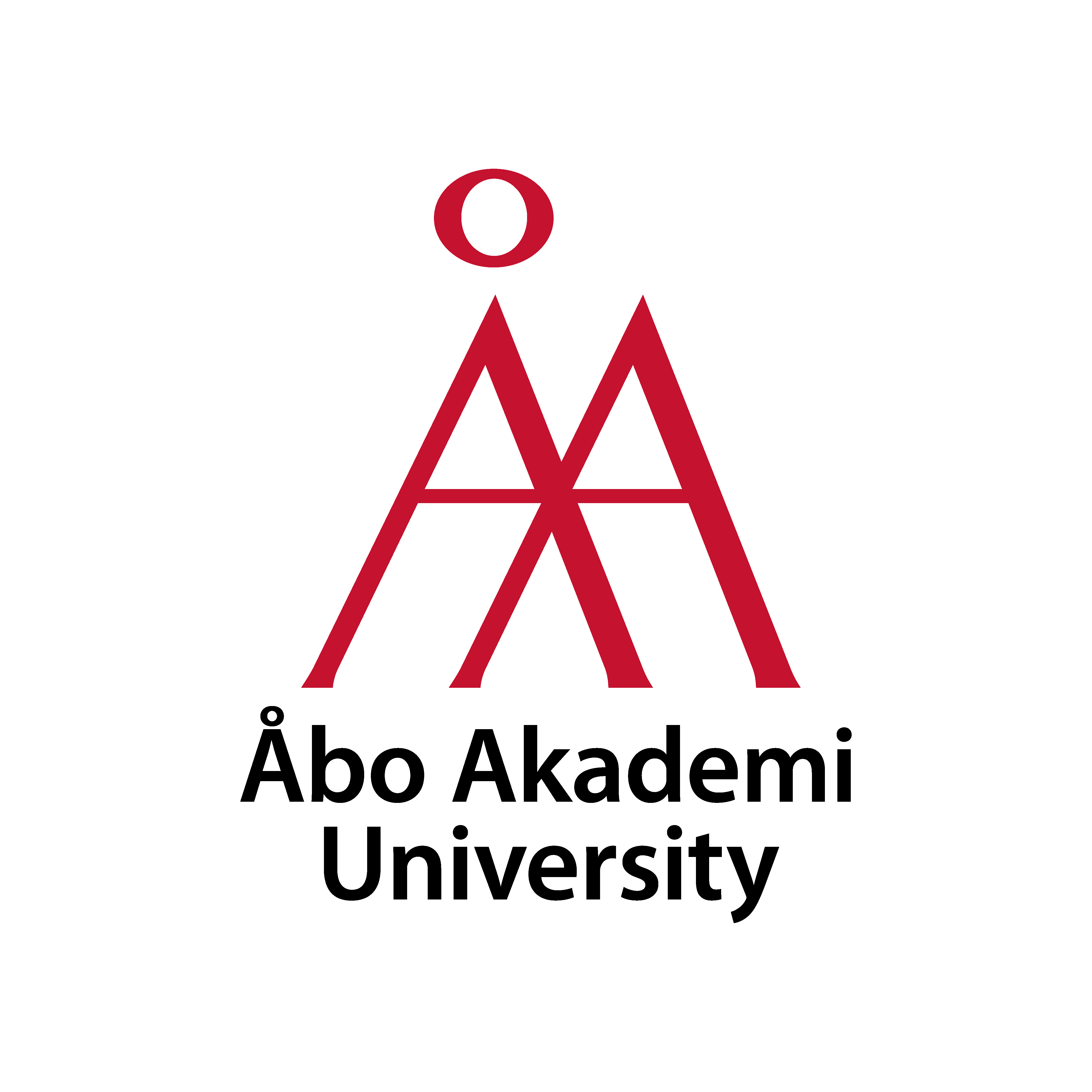BioCity Turku Guest Seminar: Prof. Paul Brennan
March 1st at 09:00
On-site event
Presidentti auditorium, BioCity
Prof. Paul Brennan, University of Oxford, UK
Target discovery for rare diseases with epigenetic chemical probes
Host: Kari Kopra (kari.kopra@utu.fi)
Coffee and sandwiches served at 08:45
https://www.brennanresearchgroup.com/paul-brennan
Chemical probes are potent and selective small molecule inhibitors that can be used in cellular assays to induce a phenotype. Screening a library of epigenetic chemical probes in cellular assays from patient tissue, we have discovered novel targets and lead compounds for developing treatments for two rare diseases. The first CREBBP/EP300 bromodomain chemical probe SGC-CBP30 was shown to inhibit myofibroblast nodule formation in cells form Dupuytren’s contracture patients. A-196, a selective inhibitor of the H4K20me2 and me3 methyltransferases KMT5B/C increased expression of the critical mitochondrial factor frataxin in a HEK-293 and patient fibroblast derived models of Friedreich’s ataxia. A-196 analogues are currently being developed as in vivo chemical probes to be tested in pre-clinical models of Friedreich’s ataxia.
Selected publications
N Frank, J Nugent, BR Shire, HD Pickford, P Rabe, AJ Sterling, … 202. Synthesis of meta-substituted arene bioisosteres from [3.1.1]propellane. Nature 611 (7937), 721-726
MJW Sim, Z Stotz, J Lu, P Brennan, EO Long, PD Sun. 2023. T cells discriminate between groups C1 and C2 HLA-C. Elife 11, e75670
S Müller, S Ackloo, A Al Chawaf, B Al-Lazikani, A Antolin, JB Baell, … 2022. Target 2035–update on the quest for a probe for every protein. RSC Medicinal Chemistry 13 (1), 13-21
L Nie, TC Pascoa, ACW Pike, SR Bushell, A Quigley, GF Ruda, A Chu, … 2021. The structural basis of fatty acid elongation by the ELOVL elongases. Nature structural & molecular biology 28 (6), 512-520
JL Gray, F von Delft, PE Brennan. 2020. Targeting the small GTPase superfamily through their regulatory proteins. Angewandte Chemie International Edition 59 (16), 6342-6366



